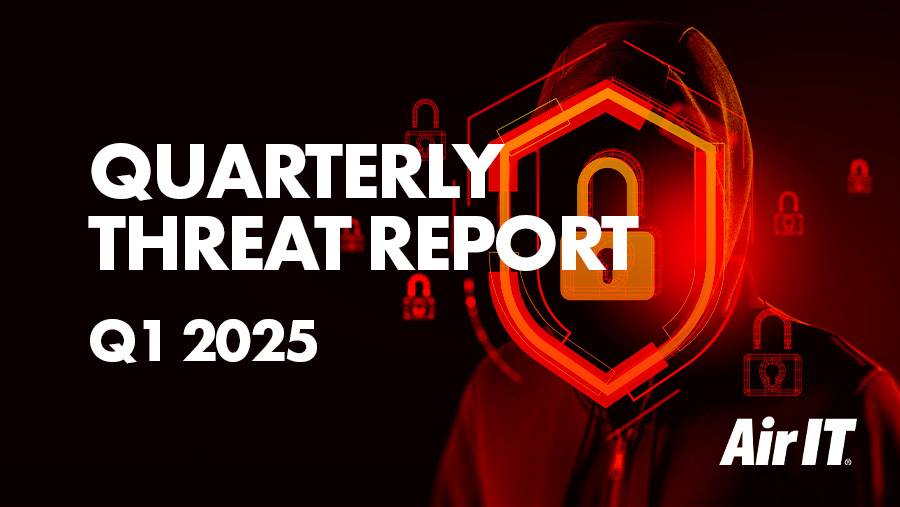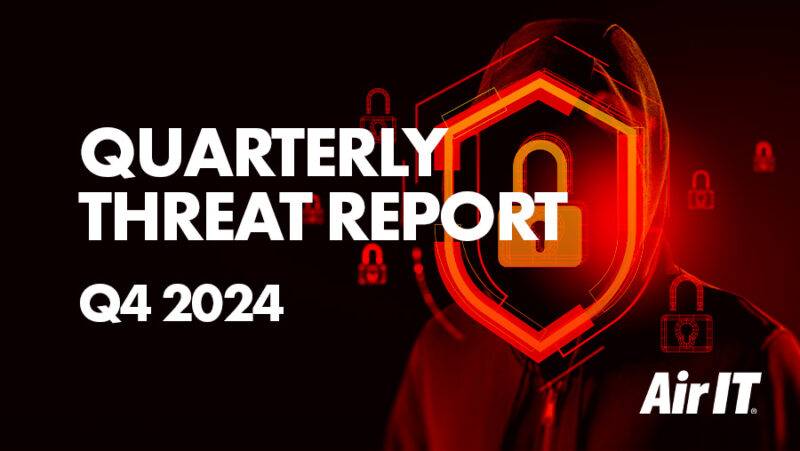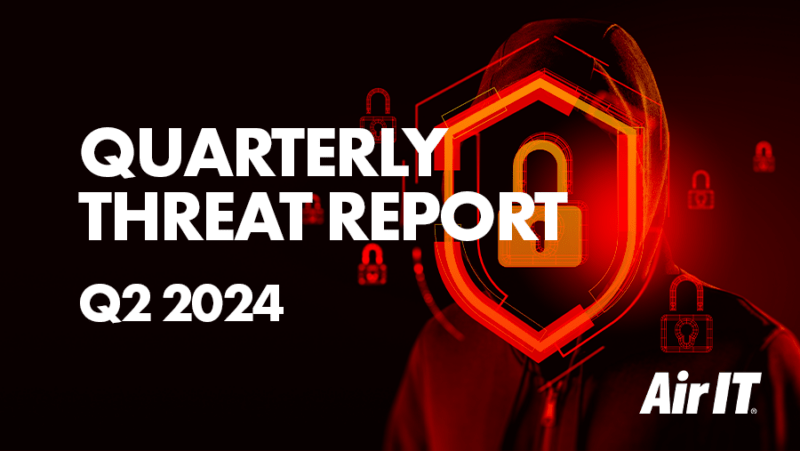As we conclude the first quarter of 2025, the cyber security landscape has experienced significant developments. This report gives an overview of the main threats and incidents from January to March 2025. It offers insights and suggestions to improve security defences.

As we navigate through the digital age’s complexities, the cyber security landscape is always changing. Each quarter reveals new threats that challenge our defences and demand our vigilance. The last quarter of 2024 was similar, with more complex cyber attacks. These attacks tested the strength of organisations around the world. Discover the top threats that dominated Q4 2024.
Key threats in Q1 2025
Here are the top five emerging cyber risks in 2025 so far:
- AI-driven cyberattacks: Cybercriminals are increasingly leveraging artificial intelligence (AI) to enhance the sophistication and scale of their attacks. AI-powered tools facilitate automated phishing campaigns and adaptive malware capable of evading traditional security measures. These advancements enable attackers to craft highly personalised and convincing phishing emails, making them harder to detect.
- Ransomware evolution: Ransomware attacks have changed over time. There is a clear rise in the use of Ransomware-as-a-Service (RaaS) platforms. These platforms make it easier for cybercriminals to attack, which has led to more attacks on important areas like healthcare, finance, and government. Attackers are using double and triple extortion tactics to encrypt data and threaten to leak sensitive information if ransoms are not paid.
- IoT device risks: The rise of Internet of Things (IoT) devices has expanded the attack surface for cyber threats. Many IoT devices lack robust security features, making them susceptible to exploitation. Attackers can leverage these vulnerabilities to infiltrate networks, disrupt operations, and access sensitive data.
- Supply chain attacks: Supply chain attacks are a big threat. Cyber criminals are targeting third-party vendors to get into larger organisations. By compromising suppliers, attackers can bypass traditional security measures and gain unauthorised access to sensitive systems and data.
- Zero-day exploits: The discovery and exploitation of zero-day risks have become more prevalent. Attackers are increasingly identifying and exploiting unknown software vulnerabilities before patches are available, allowing them to breach systems undetected.
Incidents in Q1 2025
In Q1, several significant cyber security incidents made headlines:
- January 2025: Users of Gmail, Outlook, and Apple Mail were targeted by a sophisticated email scam powered by AI. Attackers used AI bots to study social media activities. They sent highly personalised emails that looked like they came from trusted contacts which led to successful phishing attempts.
- March 2025: Google confirmed a series of cyber-espionage attacks affecting Chrome users. Highly sophisticated malware, triggered by phishing links, exploited zero-day vulnerabilities, allowing attackers to bypass Chrome’s sandbox protections. The campaign targeted media professionals, educational institutions, and government agencies.
- March 2025: Researchers identified 46 vulnerabilities in solar power systems from major manufacturers. These vulnerabilities could enable attackers to manipulate energy production, disrupt power grids, and steal sensitive data, posing significant risks to global energy infrastructure.
Key takeaways
- Enhance AI-based threat detection: Invest in advanced security solutions that leverage AI to detect and respond to sophisticated threats in real-time.
- Strengthen ransomware defences: Implement comprehensive backup strategies, conduct regular security assessments, and educate employees on recognising phishing attempts to mitigate ransomware risks.
- Secure IoT devices: Ensure all IoT devices are updated with the latest firmware, employ strong authentication mechanisms, and segment IoT networks from critical systems.
- Assess supply chain security: Conduct thorough security evaluations of third-party vendors and implement stringent access controls to protect against supply chain attacks.
- Prioritise patch management: Establish robust vulnerability management programmes to identify and patch zero-day vulnerabilities, reducing the window of opportunity for attackers.
The first quarter of 2025 has highlighted the dynamic and changing landscape of cyber threats. By identifying the primary risks and adopting effective strategies for mitigation, organisations can enhance their asset protection and strengthen their cybersecurity measures. Taking proactive steps, ensuring ongoing surveillance, and educating employees are crucial in combating cybercrime.
Avoid becoming a victim
We offer a complimentary IT audit to help establish a solid groundwork for future development and achievement. Our audit identifies any vulnerabilities or weaknesses within your systems and verifies that your antivirus programs, threat management solutions, and updates are current.
Feel free to reach out for additional support in enhancing your security framework.




